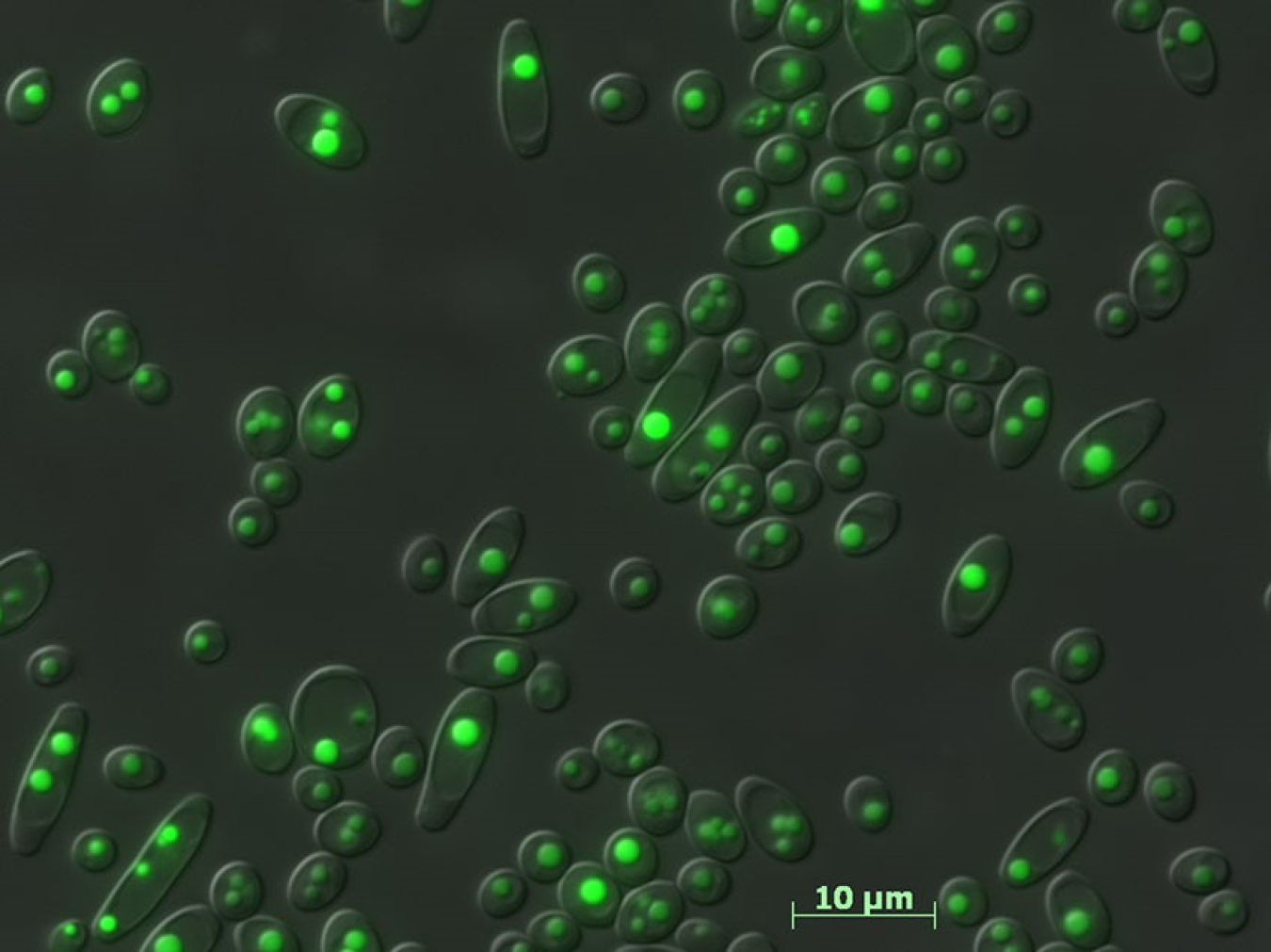
Biofuels are liquid fuels produced from renewable biological sources, including plants and algae. Biofuels offer a solution to one of the challenges of solar, wind, and other alternative energy sources. These energy sources have incredible potential to reduce our dependence on fossil fuels and yield environmental and economic benefits. But many of these sources have a limitation: they can’t replace liquid fuels such as jet fuel, gasoline, and diesel fuel that are critical to our transportation needs. That’s where biofuels could help.
Now, bioenergy researchers are developing a future generation of advanced biofuels and bioproducts. These efforts, spread across many institutions and many scientists taking incremental steps to advance biofuels science, share several important steps. Scientists must develop sources of biofuel raw material (called feedstocks) that are sustainable and environmentally friendly. For example, switchgrass and poplar are fast-growing, non-food species that may be ideal feedstocks. Scientists may improve genes in plants to make those plants easy to break down for processing into biofuels and other bioproducts. They must design enzymes and microbes (such as yeast) tailored to breaking down plant material into sugars and the substances that give plants their structure. And they must design microbes that excel at converting these materials into chemicals used for fuel and other products. Finally, scientists must work with engineers and technicians to design processes that produce feedstock in ways that are cost effective and that minimize their need for water, electricity, and other resources.
DOE Office of Science: Contributions to Biofuel Research
The Department of Energy Office of Science, Biological and Environmental Research program provides support for research on advanced biofuels and bioproducts developed from non-food lignocellulosic plant biomass. These efforts take place in the four DOE Bioenergy Research Centers. The Center for Advanced Bioenergy and Bioproducts Innovation—a collaboration between the University of Illinois at Urbana-Champaign’s Institute for Sustainability, Energy, and Environment and the Carl R. Woese Institute for Genomic Biology—focuses on a “plants as factories” approach to develop fuels and chemicals. The Center for Bioenergy Innovation, led by Oak Ridge National Laboratory, works on creating new bioenergy-relevant plants and microbes. At the Great Lakes Bioenergy Research Center, led by the University of Wisconsin—Madison in partnership with Michigan State University, researchers are developing the science and technology to sustain biofuels production processes. Finally, at the Joint BioEnergy Institute led by Lawrence Berkeley National Laboratory, scientists are deploying tools in molecular biology, chemical engineering, and computational and robotics technologies to address challenges in biofuels and bioproducts production.
Fast Facts
- A new approach to visualizing the deconstruction of biomass
- Studying the digestive tract of a moose can help explain how to more efficiently break down biomass for bioproducts.
Resources
- DOE Office of Science Biological and Environmental Research program
- 2021 Department of Energy Office of Science Biological Systems Science Division Strategic Plan
- Biofuels basics from DOE
- DOE Office of Science biofuels centers
- Big Help from Small Microbes: Electron Transfers to Produce Fuels and Fertilizer
- Oxygen: The Jekyll and Hyde of Biofuels
- Driving to Great: Science and the Journey to Waste-Free Biodiesel
- Science Highlight: Adding Ozone Lowers the Heat for Biofuel Combustion
Scientific terms can be confusing. DOE Explains offers straightforward explanations of key words and concepts in fundamental science. It also describes how these concepts apply to the work that the Department of Energy’s Office of Science conducts as it helps the United States excel in research across the scientific spectrum.

